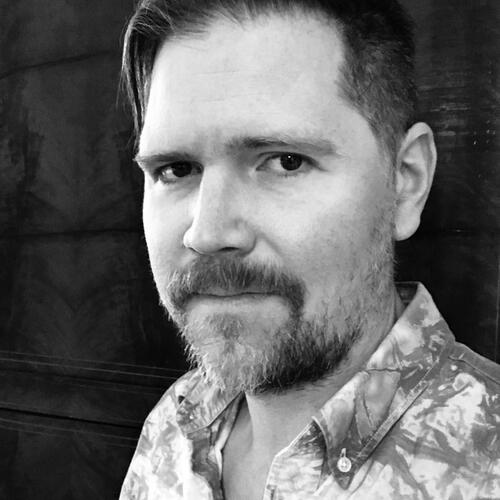The Powerful Humanism of Garry Winogrand’s Colour Photographs
At the Brooklyn Museum, a landmark exhibition of never-before-seen photographs captures a rich spectrum of postwar American life
At the Brooklyn Museum, a landmark exhibition of never-before-seen photographs captures a rich spectrum of postwar American life

It’s hard to imagine now the degree to which colour photography was vilified in the fine arts circles of last century. As Kodachrome and its successors brought colour process to a wide audience starting in 1935, the format was associated with postwar, low-brow pursuits: rec-room slide shows and birthday party Polaroids, or the glossy travelogues and crass advertising that filled the pages of popular magazines. As the story goes, the mid-century orthodoxy of black and white was only cleaved in the closing years of the 1970s, with William Eggleston’s storied 1976 show at the Museum of Modern Art in New York and modernism itself on the ropes.

What that version misses is that even the most ardent purists delighted in the possibilities of colour and experimented with it accordingly. This is true of fan favourites like Ansel Adams, commissioned by Kodak to use their new film, and also of Garry Winogrand, the patriarch of ‘street photography’, whom MoMA’s John Szarkowski named at the 1967 ‘New Documents’ show as among the three most influential photographers of his generation. The curator celebrated Winogrand’s deft balance of the documentary and the personal; his ability to see the textures of American life, from coast to coast, in all their fine and ‘irrational’ detail. In short, his subject matter was the minutiae and quiet moments of everyday life, but Winogrand’s black and white pictures, shot quickly and culled from thousands of contact sheets, imbued single frames with layers of humanistic resonance.
Twenty-five of such photographs – a controversial image of a mixed-race couple at the Central Park Zoo, or beach dwellers taking shelter under a boardwalk – appear in the exhibition ‘Garry Winogrand: Color’, at the Brooklyn Museum, the first major project there by its new curator of photography, Drew Sawyer. As the title suggests, however, Winogrand’s colour work from the 1950s and ’60s is front and centre, and audiences are greeted in the first gallery by an old-fashioned carousel projector, whirring and clicking as haloed images make their hypnotic advance on a nearby wall. The photographer made more than 45,000 such slides over a 20-year period, from which Sawyer selected over 400, emblematic of Winogrand’s established subject matter: the changing surfaces of mid-century America, the small absurdities and grandiosities of fellow humans, the beauty of women, the promise of travel.

Most of this is presented in large-scale digital projection across eight banks of screens. Roughly chronological, they pair landscape and vertical aspects, enlarging Winogrand’s otherwise minute portraits to the sumptuous scale of Baroque painting. This immersive setup invites slow looking, as the bit players of daily life – their private moments of bemusement or sorrow, their leisure, their labour – take on a monumental cast.
On one level, this show is important because it occasioned research into the massive archive of material that Winogrand left behind upon his death in 1984 at the age of 56. By bringing these works to a wider audience, ‘Color’ decisively complicates canonical photographic history, blurring the boundaries between high and low, the popular and the refined – connecting Winogrand to a younger generation that includes Nan Goldin and Lyle Ashton Harris. This decentering is also a geographic one, as the exhibition directs our attention away from the avenues of New York, toward different centres of American life, illustrated by the jet-age spandrels of LAX’s ’60s-era ‘Theme Building’, or jubilant onlookers at a rodeo.

Winogrand won a Guggenheim Fellowship in 1964, and the colour rolls from the ensuing road trip yielded a radiant tapestry that brings to life a turbulent era. Throughout the show, Winogrand’s images touch on grand themes through the plenitude of the human form; the camera lingers without judgment on the young and the old, manicured and slovenly bodies alike. Strikingly, the shift from black and white reveals the rich spectrum of skin that Winogrand found in his postwar America, a place of beautiful brown and peach tones, framed by the deep green of a swimsuit or the glaring red of an overcoat.
Colour photography was long maligned for its popular reach and its garish pleasures. A landmark exhibition seductively executed, ‘Garry Winogrand: Color’ revels in both.
Main image: Garry Winogrand, ‘Garry Winogrand: Color’, 2019, exhibition view
‘Garry Winogrand: Color’ runs at the Brooklyn Museum in New York, USA, through 8 December 2019.























